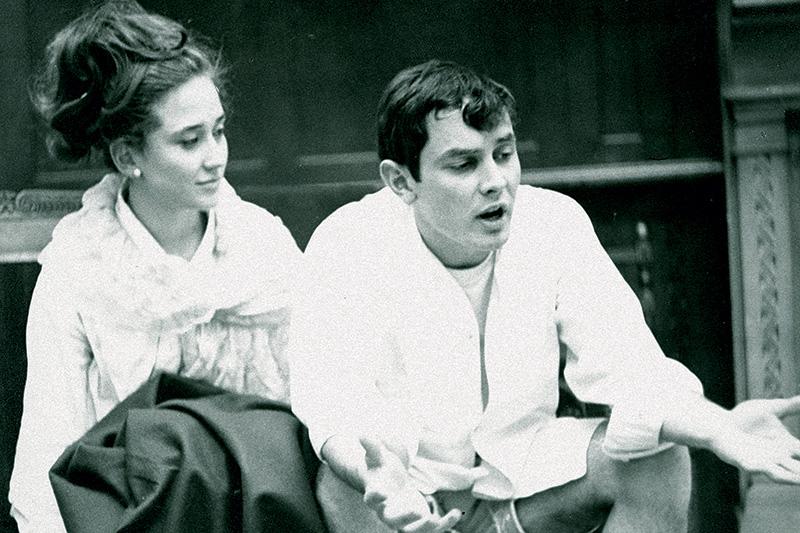Alumna sees art as therapy
Karen Oser Edmunds, a 1967 graduate of Tulane University, encourages people to make art—even if it’s bad art. Art is a way to get over sadness, depression and angst. The reason to do art of any kind—singing, painting, sculpting, playing music or writing—is that it’s healthy to have an outlet to deal with upheaval, she said.
“Understanding that art can overcome obstacles began for me while JYA,” said Edmunds. She spent her Junior Year Abroad in Paris in 1966–67.
A psychology major, she studied European and American child developmental psychologists and became interested in art therapy as a way to help children.
A New Orleanian, Edmunds earned a Master of Fine Arts from the University of Vermont in 2005. She’s had studio space at Studio Inferno, now located in Arabi, Louisiana, since the early 1990s. The gallery and glass art studio are owned by Mitchell Gaudet (G ’90).
She and her husband, Dr. J. Ollie Edmunds Jr., an emeritus professor of orthopaedics at Tulane School of Medicine, have four children.
Throughout her life, Edmunds said that she’s been lucky, but she and her family have experienced illness and some heartbreak as anyone does.
Art Responds to a Diagnosis: A Body of Work in Progress is conceptual artwork that Edmunds designed around her diagnosis of breast cancer in 2012.
Breast cancer is a disease that affects one in every eight women—and wherever Edmunds has presented the large art installation, or parts of it, viewers have responded on an emotional, gratifying level, she said.
As a sculptural piece, Art Responds to a Diagnosis was exhibited in Prospect.3, the international art show in New Orleans in 2014, as well as at the Contemporary Arts Center. It includes cast glass made from plaster casts of Edmunds’ own breasts, medical X-rays and an X-ray light box.
Edmunds also wrote and illustrated a book that includes revealing photographs and a diary chronicling her progression from surrender to acceptance and finally healing.
Creating the piece was “a way for me to have something positive to think about,” said Edmunds. “All of a sudden, I had a project that became positive and took the edge off the other stuff.”
What has been good for her is good for other people, too. Edmunds’ inspiration is taking trauma and working it out.
“That, in a nutshell, is where I’m going with my art,” she said.
This article appeared first in the September 2017 edition of Tulane magazine.

